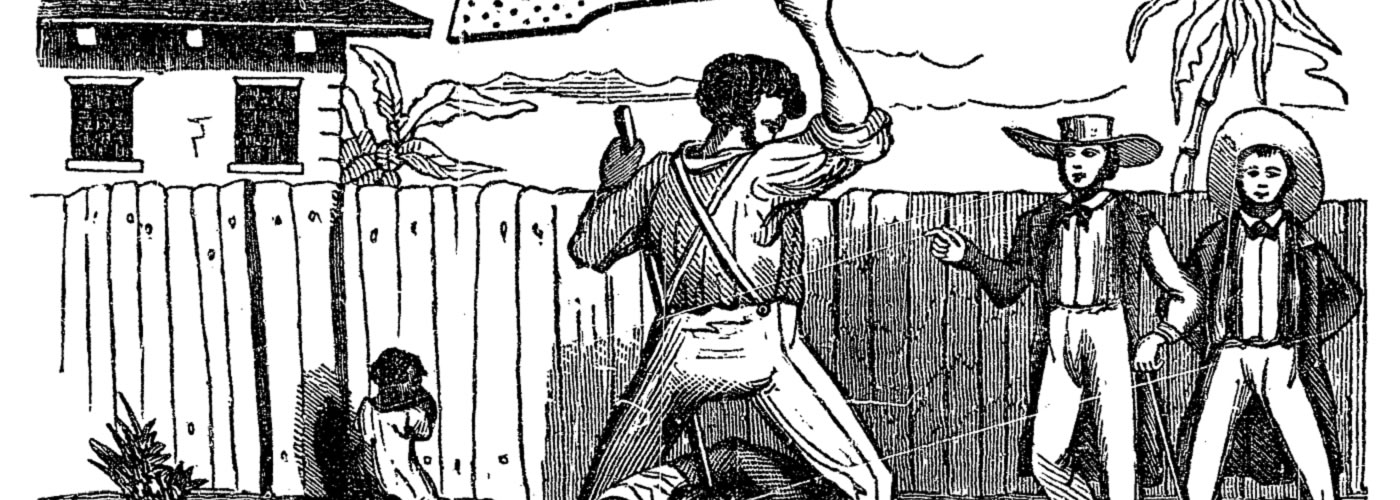The slavery issue came to a head in 1861 when the Civil War broke out. During the course of the four-year war, more than 186,000 African American volunteers served in the Union Army. In 1862, President Abraham Lincoln issued the Emancipation Proclamation, liberating slaves in the rebellious Southern states. After the war ended in 1865, the Thirteenth Amendment to the Constitution officially abolished slavery in the United States. This amendment was followed by the Fourteenth Amendment granting African Americans citizenship (1868) and the Fifteenth Amendment guaranteeing their right to vote (1870).
The early period of Reconstruction (1865–1877) was a time of significant advancements for African Americans, as several Black men were elected to state and federal political positions. The Freedmen’s Bureau, an agency established by Congress in 1865, provided aid to former slaves and established hospitals and schools, including institutions of higher learning such as Fisk University and Hampton Institute. Federal soldiers stationed in the South provided a measure of protection of African Americans’ rights.
Starting in the 1870s, however, many of these gains were eroded, as the federal government began to withdraw its troops and allow the South to govern itself again. Southern states enacted black codes that were not markedly different from the slave codes, forcing African Americans into de facto slavery through sharecropping arrangements. White terrorist organizations, like the Ku Klux Klan, intimidated African American voters, and lynch mobs targeted those who attempted to assert their rights. As the nineteenth century came to a close, the economic and social outlook for most African Americans was grim.
African American leaders differed on how to address the systemic racism in American society. Some leaders, such as Marcus Garvey, believed that African Americans needed to create a society entirely separate from white society. One of the most influential leaders, Booker T. Washington, advanced an agenda of economic advancement rather than a focus on winning political and social rights. Other leaders opposed this accommodationist stance, including W. E. B. DuBois, who helped found the Niagara Movement in 1905 to advocate for full political, civil, and social rights for African Americans. Members of this group founded the National Association for the Advancement of Colored People (NAACP) in 1909.
In 1900, 90 percent of African Americans lived in the South, primarily in rural agricultural areas. Several years of bad crops between 1910 and 1920, however, spurred a mass move of African Americans in search of factory jobs, primarily to the industrial cities of the North, which became known as the Great Migration. Vibrant African American communities sprang up in Chicago, Detroit, and New York City, most notably New York’s Harlem neighborhood. In the 1920s, the concentration of writers, artists, and musicians in Harlem would be referred to as the Harlem Renaissance. Major figures of the Renaissance include Claude McKay, Jean Toomer, Countee Cullen, Alain LeRoy Locke, Zora Neale Hurston, Duke Ellington, Henry Ossawa Tanner, and Langston Hughes.
African Americans fought in a segregated military during World War II, with units such as the Tuskegee Airmen winning recognition for bravery and excellence. Upon their return, these veterans began to agitate more forcefully for their rights, signaling the start of the civil rights movement. In the 1940s and 1950s, the NAACP won several key court battles, most notably in the 1954 U.S. Supreme court case Brown v. Board of Education of Topeka (Kansas) which outlawed segregation in public schools. Accompanying these legal battles were nonviolent demonstrations and boycotts organized most notably by Martin Luther King Jr., who rose to prominence after his leadership of the successful Montgomery bus boycott of 1955–1956, spurred by the resistance of Rosa Parks. King delivered his famous “I Have a Dream” speech at the 1963 March on Washington.
Peaceful demonstrations were frequently met with violence perpetrated by both civilians and by officers of the law. African American groups such as the Nation of Islam and the Black Panthers popularized a militant response to this aggression, with the phrase “Black Power” symbolizing both a refusal to be subjugated by white society as well as black pride. This attitude had artistic expression in the Black Arts Movement of the 1960s and 1970s, led by Amiri Baraka. Prominent militant leaders Malcolm X and Huey Newton called for African Americans to respond forcefully to white violence.
The civil rights movement saw major legislative gains by 1970, including the Civil Rights Act of 1957 and the Voting Rights Act of 1965. As a result, voting drives saw the number of African American registered voters double between 1960 and 1969. For the first time since the Reconstruction Era, black politicians were elected to positions in city, state, and federal government, including Edward W. Brooke who served as a senator from Massachusetts from 1967 to 1979. African Americans also earned high-ranking appointments in government, including Robert C. Weaver, the first African American member of a presidential cabinet (U.S. Department of Housing and Urban Development; 1966).
While the gains made during the civil rights movement were significant, they in no way ended racial discrimination. African Americans continued to experience inequity in housing, jobs, and education, prompting efforts to resolve inequity through affirmative action programs. This situation continued into the twenty-first century even after the landmark election of the country’s first black president, Barack Obama, in 2008. In 2013, the problem of violence against black people—police violence in particular—became so alarming that activists formed the Black Lives Matter movement.

